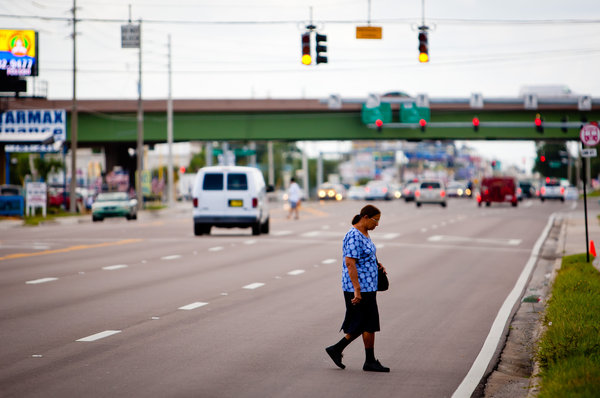Our new Digital Inclusion Policy is the latest component of ioby’s larger Racial Equity & Inclusion (REI) framework, which is currently under development in a co-creation process with our staff and Board. We see ioby’s Digital Inclusion Policy as a guiding tool so that we can hold ourselves accountable to make just, equitable product and marketing decisions in both long-term and daily work. The policy was created based on formal and informal feedback from ioby Leaders throughout the years, and drafted with input from our entire staff.
The new policy is rooted in ioby’s five Principles:
- Local is Best
- Small is Big
- Inclusivity is Key
- We’re Whole People
- Learn, Experiment, Share
In order to apply these principles into our product and marketing work, here are the actions we will take as part of the Digital Inclusion Policy:
- We center the people we serve—ioby project Leaders and their teams, project donors, projects volunteers, and those who are learning with us—in our decisions about our products and marketing. We use feedback from the people we serve to inform the product roadmap. We use research recruitment guidelines to ensure the feedback we receive comes from a diverse pool of users. We use insights from ioby staff to prioritize our roadmap.
- We meet people where they’re at. We create a user experience that is simple, easy to follow, and grounds the resident leader in their place in the experience. We do this with clear communication and stages, from ideation to disbursement and project implementation, with smooth transitions between teams and third-party apps. We make it clear that each resident leader is assigned a strategist, with a photo, a name, and list of responsibilities throughout the process.
- We recognize that the people we serve are whole people with different abilities. We strive to make ioby.org and resources available in an appropriate language when we have the capacity to do so. We use videos, graphics, short-form content, and text that is accessible to the communities we serve. We use ASL interpreters or auto captioning for online events. We conform with Level AA Web Content Accessibility Guidelines (WCAG) to ensure we’re including anyone experiencing any permanent, temporary, or situational disability. We have a design system to ensure functionality of User Interface elements are consistent across different devices.
- We know that deep participation at the local level is meaningful and so we strive to provide the most relevant and location specific information.
- We value contributions and generosity of all kinds and so strive to make the most inclusive giving platform possible by accepting cash, check, credit / debit cards, digital wallets, employer-matched gifts, donor-advised funds, text to give, as well as sweat equity and volunteer time. We will continue to evaluate the ways that people contribute and give.
- We serve as a bridge to give resident leaders more access to institutional funding through match programs. We communicate availability, and approach distribution based on eligibility.
- We strive to simplify, streamline, and consolidate any tools to be as inclusive of all the people we serve (all ages, comfort levels with technology, and device capabilities). We strive to support any browser or device used by 1% or more of the people we serve.
- We follow the best practices of privacy protection. We publicly disclose our methods of data management and analysis as well as how they are used by ioby staff. When conducting user research related to ioby’s online services, we provide a consent and authorization form detailing types of information ioby collects and how it will be used and shared internally.
- We share learnings from our data and sometimes share raw anonymized data. Non-aggregated data is only shared when a non-disclosure agreement is in place with the third party.
To be truly effective, digital inclusion must go beyond ADA-compliant screen layouts, and must be rooted deeply in equity and inclusion. At the same time, it must be actionable enough to make a difference in the everyday user experience of ioby Leaders when they work with our staff and our digital products.
By adopting this new Digital Inclusion Policy, ioby aims for full transparency in the principles with which we measure the success of our work together. At the same time, we want to share the actionable, concrete steps we pledge to take every day. We hope you will join us in holding us accountable as we communicate with and serve our neighbors.
Questions? Reach out! hello@ioby.org.
